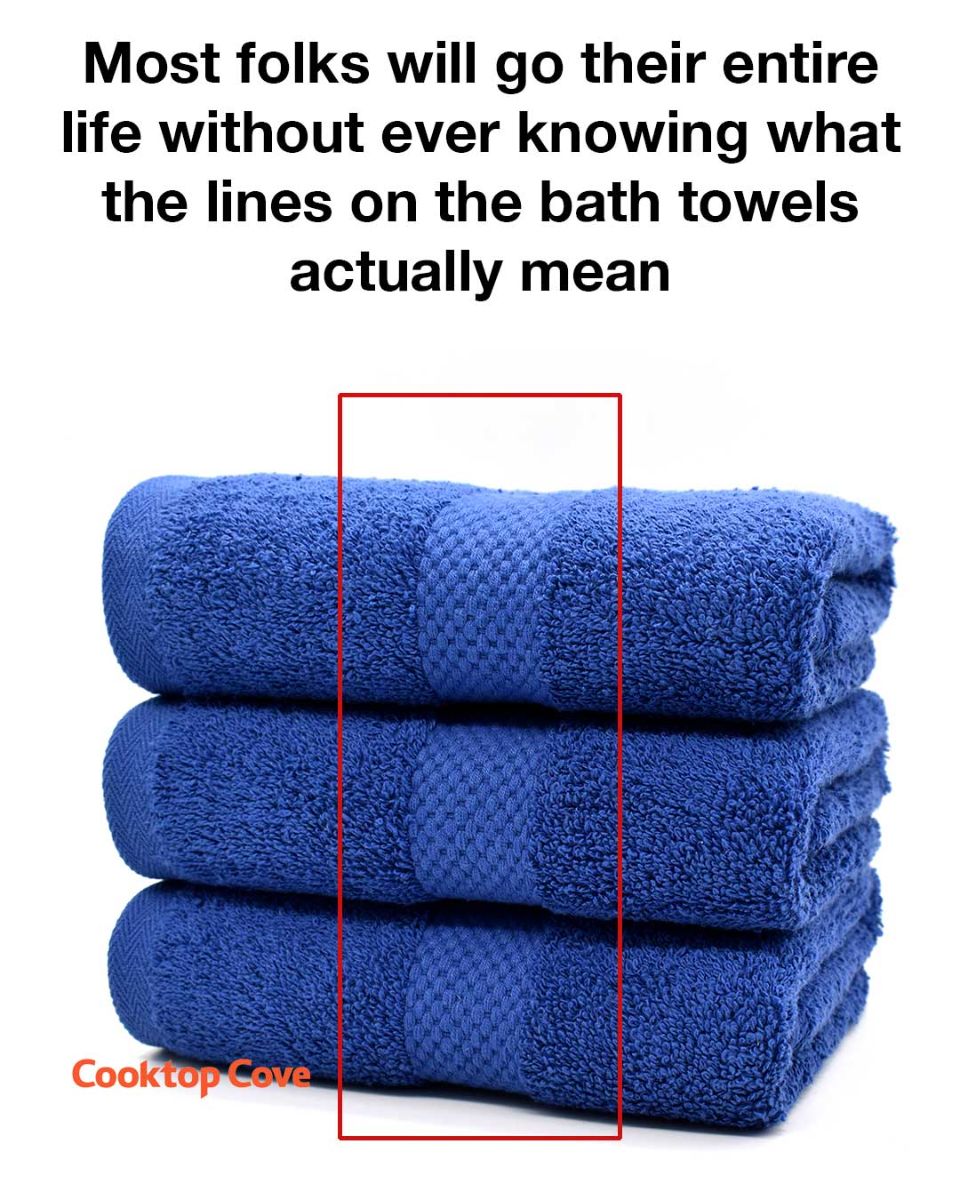Bath towels are an essential part of our daily routines, yet many of us rarely stop to consider the intricacies of their design. From the texture to the absorbency, every aspect of a towel is carefully crafted to enhance its functionality and appeal. One of the most overlooked features of bath towels is the lines that run across their surface. These lines are not merely decorative; they serve several important purposes that contribute to the towel’s performance and longevity.
Understanding the role of these lines can transform our appreciation of such a commonplace item. This article delves into the various functions of lines on bath towels, exploring how they enhance absorbency, contribute to durability, and add aesthetic value. We will also examine the weaving techniques that create these lines and how they impact the overall quality of the towel. By the end of this article, you may find yourself looking at your bath towels in a whole new light.
1. The Purpose of Lines on Bath Towels
The lines on bath towels are primarily designed to improve their functionality. These lines, often referred to as ‘tread lines,’ are created through specific weaving techniques that enhance the towel’s ability to absorb water. Typically, these lines are spaced evenly across the towel, with each line measuring about 1 to 2 centimeters in width. The spacing and depth of these lines are crucial as they increase the surface area of the towel, allowing it to soak up more moisture efficiently.
In addition to absorbency, the lines also play a role in the towel’s structural integrity. By creating a pattern of raised and lowered sections, the lines help distribute stress across the fabric. This distribution reduces wear and tear, prolonging the life of the towel. The strategic placement of these lines ensures that the towel remains soft and pliable, even after multiple washes.
2. Enhancing Absorbency: The Role of Towel Lines
The absorbency of a towel is one of its most critical features, and the lines on a towel significantly contribute to this property. The lines create channels that guide water into the deeper layers of the towel, allowing it to hold more moisture. This is particularly important for towels made from materials like cotton, which have natural absorbent properties. The lines enhance these properties by increasing the towel’s surface area, which can be as much as 20% more than a flat towel.
Moreover, the lines help the towel dry faster after use. By creating ridges and valleys, the lines allow air to circulate more freely around the towel, speeding up the evaporation process. This not only makes the towel more convenient to use but also helps prevent the growth of mold and bacteria, which thrive in damp environments.
3. Durability Through Design: How Lines Contribute
The design of a towel, including the lines, plays a significant role in its durability. The lines act as reinforcement points, distributing tension and reducing the likelihood of tears. This is particularly beneficial in high-quality towels, where the lines are woven with precision to ensure even distribution of stress.
Furthermore, the lines help maintain the towel’s shape over time. Towels without lines are more prone to stretching and losing their form, especially after repeated use and washing. The lines provide a framework that helps the towel retain its original dimensions, ensuring it remains functional and aesthetically pleasing for longer.
4. Aesthetic Appeal: The Visual Impact of Towel Lines
Beyond their functional benefits, the lines on bath towels also contribute to their aesthetic appeal. The lines can be used to create intricate patterns and designs, adding a touch of elegance to an otherwise simple item. These patterns can range from simple stripes to complex geometric shapes, depending on the weaving technique used.
The visual impact of these lines can also influence consumer preferences. Towels with well-designed lines are often perceived as more luxurious and high-end, making them a popular choice for those looking to add a touch of sophistication to their bathroom decor. The lines can also be used to complement other design elements in the bathroom, creating a cohesive and stylish look.
5. Tread Lines: A Weaving Technique Explained
Tread lines are created using a specific weaving technique known as ‘tread weaving.’ This technique involves alternating the tension of the warp and weft threads to create raised lines on the fabric’s surface. The process requires precision and skill, as the lines must be evenly spaced and consistent in depth to ensure the towel’s functionality.
The tread weaving technique is often used in combination with other weaving methods, such as the dobby weave, to create towels with complex patterns and enhanced absorbency. The resulting fabric is not only functional but also visually appealing, making it a popular choice for high-quality bath towels.
6. Understanding the Dobby Weave
The dobby weave is a popular technique used to create the lines on bath towels. This weaving method involves the use of a dobby loom, which allows for the creation of small, geometric patterns. The dobby weave is ideal for creating intricate designs, as it can produce a variety of textures and patterns on the fabric’s surface.
The dobby weave is particularly effective in enhancing the towel’s absorbency and durability. The patterns created by the dobby weave increase the surface area of the towel, allowing it to absorb more moisture. Additionally, the weave’s structure reinforces the fabric, making it more resistant to wear and tear. This combination of functionality and aesthetics makes the dobby weave a popular choice for high-quality bath towels.
7. How Weaving Techniques Affect Towel Longevity
Next Page

